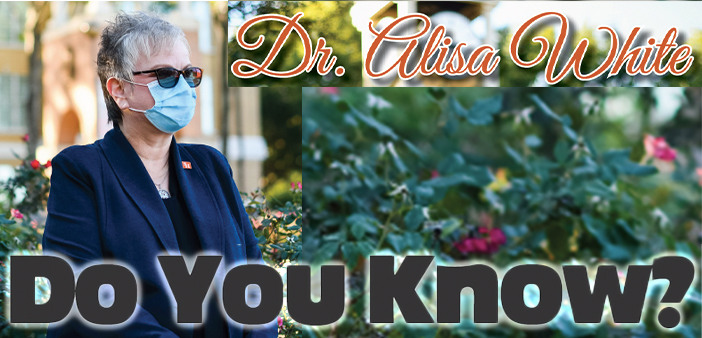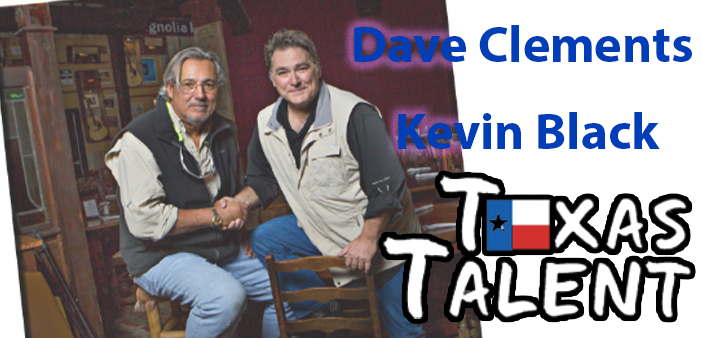You may consider this topic to be farfetched as related to health, but isn’t ones’ emotional health besmirched when a new ding is found on your car? It is very preventable. At the risk of seeming fastidious, the following are commonsense measures to dodge ding damage.
Since different actions in our material world produce different outcomes, understanding the process is the first step in opting for a good outcome. Damage to one’s car is almost never intentional because it can damage the responsible car as well. Thus, careless damage is from a lack of attention, usually because of distractions. Therefore, since we, ourself-valets, have no control over the other driver’s attention–we must keep a distance from the neighboring car’s doors such that, when fully open, they will not reach our vehicle. GOT IT?
Coupes and convertibles have about 6inch wider doors than sedans, so allow a little more distance. I try to park next to expensive well-groomed vehicles, thinking their owners are likely to be more careful with their “darlin’s.” Damage can be predisposed by parking between two bulky vehicles in older lots that were constructed to house regular-sized cars. When I park, I avoid being sandwiched between two behemoths; I just drive on and keep searching.
Cars with children’s car seats may indicate the increased chance of a ding. The door to place the child in the seat must be opened fully to properly secure the child, and the parent may be distracted while doing so.
Foremost, consider parking toward the far end of the parking lot where one can get next to empty spaces. Go to an end space where one can allow extra room away from the side with a parking spot, even if empty. GET AWAY FROM THE HERD.
Even with many other empty spaces, I frequently come back to find a car next to mine, so the very end is desirable. Moreover, the additional walking is healthy, and the steps add up over time. When at stores where shopping carts are used, I like to park in a space beside cart return corrals, but leaving space away from the opening, preferably with the passenger side closest.
The safest parking is to Parallel Park when such is available. It is a little more technically demanding, but there is no danger of another car pulling next to yours. YEA!
Remember, the driver’s side has a door which must open and can dent, but a passenger may or may not be on board, making the passenger side safer. This is often true in parking lots next to the gym or employee parking lots.
Avoiding causing dings is ethically just as important as avoiding getting them. I try to park such that other’s doors do not reach my car and my doors won’t reach their vehicles as well. If I return and find that another vehicle is close, I open the door slowly and “get small”. TURNABOUT IS FAIR.



